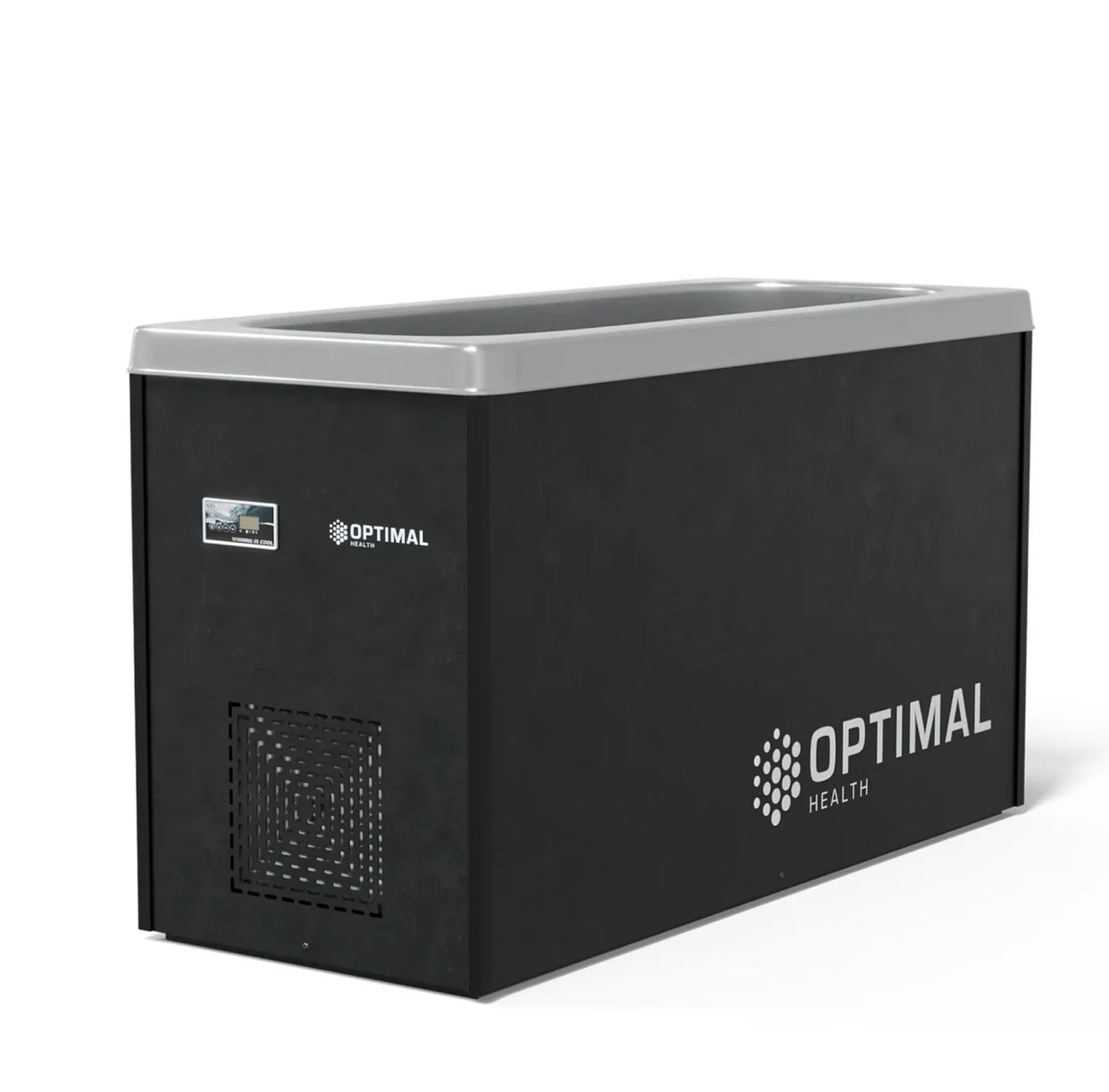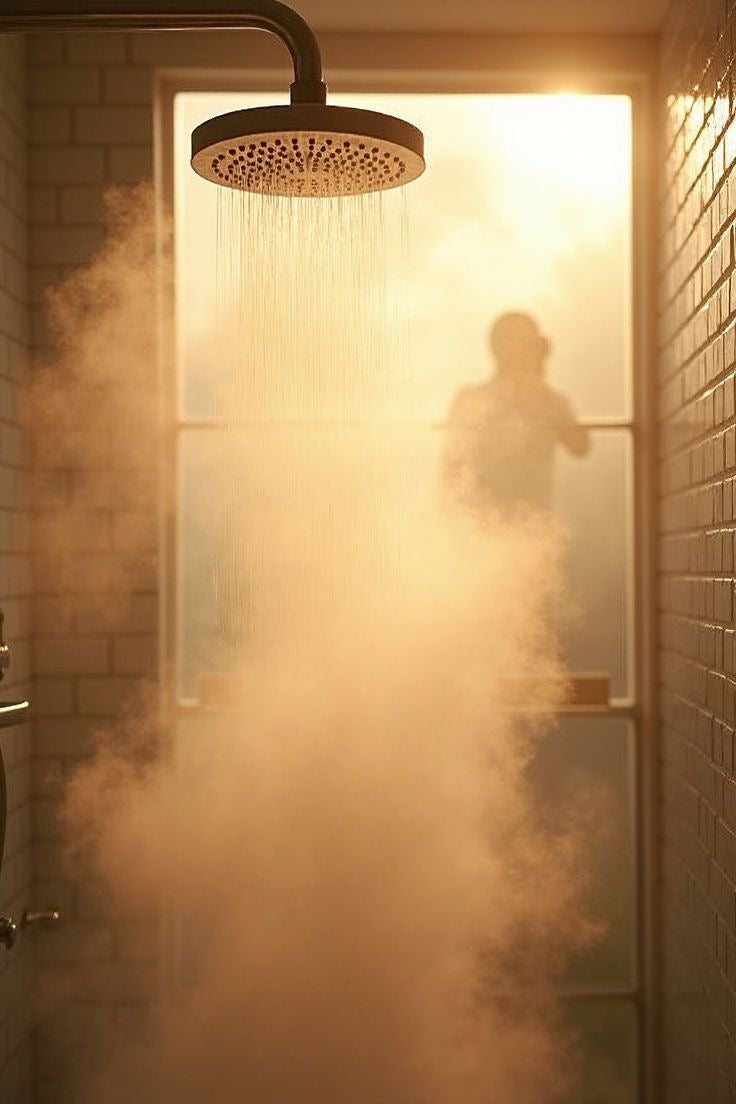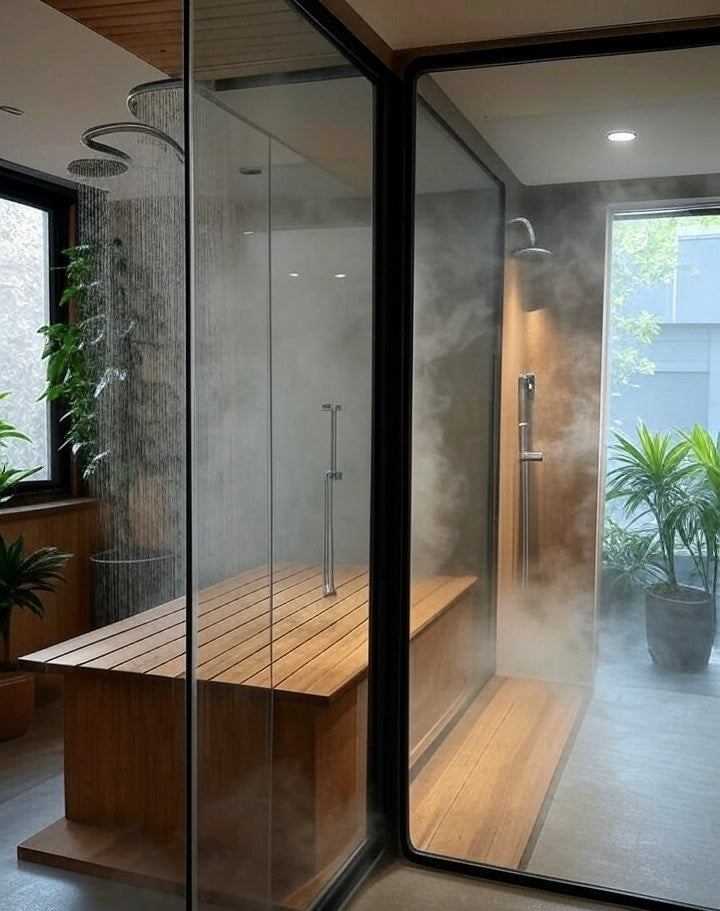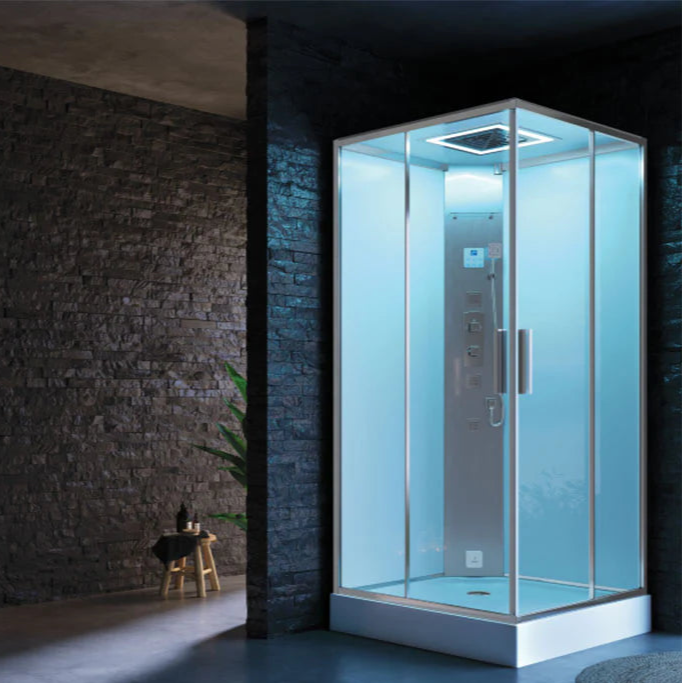Ever hopped out of your Ice Bath Tub feeling more like napping than conquering the world?
Short answer: Cold plunges drain energy due to shock, nervous system shifts, and warming-up demands.
Read on to find out why your Cold Plunge Tub leaves you snoozy—and how to avoid the energy crash.

The Body's Physiological Response to Cold
Your body treats cold water immersion like an emergency. While it can bring benefits, that post-plunge tiredness is often a natural response to physiological stress.
Initial Cold Shock Response
Sympathetic Nervous System Activation (Fight or Flight)
When you step into a Cold Plunge, your body panics just a bit. The cold triggers the sympathetic nervous system, sending your body into “fight or flight” mode.
This sharp jolt increases your heart rate, breathing, and stress levels—using up a surprising amount of energy.
Release of Stress Hormones (Adrenaline, Noradrenaline)
The cold exposure causes a rapid spike in hormones like adrenaline and noradrenaline.
You may feel alert at first, but once these levels drop, fatigue sets in. This hormonal wave often causes a “crash” that follows the initial high.
Energy Expenditure and Thermoregulation
Cold immersion isn’t just shocking—it’s demanding. Your body scrambles to warm itself and stay balanced, burning energy in the process.
Body’s Effort to Maintain Core Temperature
The body prioritises core temperature. It pulls blood away from the skin and extremities to protect your vital organs.
This internal tug-of-war drains your energy reserves—even in short plunges.
Metabolic Rate Increase
To defend against the cold, your metabolism spikes. You burn calories faster, which is great for fat loss—but it also contributes to post-dip fatigue.
Shivering and Heat Production
That full-body shiver? It’s your body’s effort to generate heat. But it’s tiring, especially if you’re already fatigued from a workout or under-fuelled.
This muscular activity adds to your energy depletion.
The Role of Recovery and Adaptation
After the shock wears off, your body swings in the opposite direction to recover. This is when the tiredness becomes noticeable.

Parasympathetic Nervous System Rebound
Transition to "Rest and Digest" Mode
Following the “fight or flight” rush, the body activates the parasympathetic nervous system—“rest and digest” mode.
This transition helps recovery but often brings on yawning, sleepiness, and a general feeling of low energy.
Vagus Nerve Stimulation
Cold plunges stimulate the vagus nerve, which helps calm the body. While that’s great for stress relief, it can leave you in a chilled-out daze—especially if you’re already tired.
Muscle Repair and Inflammation Management
Blood Flow Dynamics Post-Plunge
After cold immersion, blood rushes back to the muscles. This is part of the recovery process and helps reduce inflammation.
However, this redistribution also uses up energy, adding to the overall sense of tiredness.
Potential for Delayed Onset Muscle Soreness (DOMS) if Overdone
If you plunge too often or for too long, you may not give your body time to properly adjust. Overdoing it may increase fatigue and lead to DOMS, ironically leaving you sore and exhausted rather than refreshed.
Signs You Might Be Overdoing It
Tiredness is normal—but excessive fatigue isn’t. If you consistently feel wiped out after a Cold Plunge, you may be pushing too hard.
Persistent Fatigue and Drowsiness
If you're constantly tired after plunges, even on rest days, it may be a sign your body isn’t adapting well.
Impaired Sleep Quality
Ironically, cold plunging too late in the day can disrupt sleep. The hormonal stimulation may clash with your natural wind-down routine.
Mood Swings or Irritability
Cold exposure impacts neurotransmitters. Overuse or poor timing might lead to irritability or anxiety instead of the calm you expect.
Increased Muscle Soreness or Prolonged Recovery
You should feel better after a plunge, not worse. If soreness or fatigue lasts too long, your plunge routine may need adjusting.
Optimising Your Cold Plunge Routine
To avoid the crash, it’s important to find a rhythm that suits your body’s needs and limits.
Best Practices for Mitigating Fatigue
Gradual Acclimatisation and Session Duration
Start small. A couple of minutes in the Cold Plunge Tub is enough at first. Build up slowly over days or weeks.
Starting with Shorter Plunges
Short sessions (2–3 minutes) can provide benefits without taxing your system too much.
Especially for beginners, short duration helps avoid a post-plunge energy crash.
Pre-Plunge Preparation
Adequate Hydration and Nutrition
Plunging on an empty stomach or while dehydrated can make you more tired. Have a light snack and hydrate well beforehand.
Post-Plunge Recovery Strategies
Gentle Warming (Avoiding Extreme Heat Immediately After)
Warm up with a blanket or room-temperature shower—don’t jump into a hot tub straight after. Let your body reheat gradually.
Light Movement and Breathwork
Slow walking or gentle stretching helps regulate blood flow. Breathwork supports nervous system balance and can ease the transition to post-plunge calm.
Prioritising Overall Rest and Sleep Hygiene
Cold plunging places stress on the body—even if it's “good” stress. Make sure you’re getting enough quality sleep and rest between sessions.
When to Consult a Professional
Cold therapy isn’t for everyone. If you're feeling consistently worse after plunges, it’s worth speaking with a healthcare professional.
Persistent or Severe Fatigue
Long-term exhaustion after cold exposure might signal something more serious. Don’t ignore it if the fatigue lingers beyond a few hours.
Underlying Health Conditions (e.g., Cardiovascular Issues, Raynaud’s)
Cold therapy can affect circulation. If you have conditions like Raynaud’s or heart problems, consult a professional before using a Cold Plunge Tub or Ice Bath Tub.
Takeaways
-
Cold plunges trigger both stress and relaxation responses, which can drain energy.
-
Fatigue after a plunge is normal—but too much can mean you’re overdoing it.
-
Gradually build your routine and prioritise recovery between sessions.
-
Stay hydrated, warm up gently, and listen to your body.
-
Consult a professional if tiredness feels extreme or lasts too long.
Conclusion
So, why do you feel tired after a cold plunge? It’s your body’s way of adapting to the stress and bouncing back into recovery mode.
Whether it’s from the energy used to reheat or the nervous system shift, the post-plunge crash is real—but manageable. With a bit of planning, your Cold Plunge Tub or Ice Bath Tub can refresh you without wiping you out.






